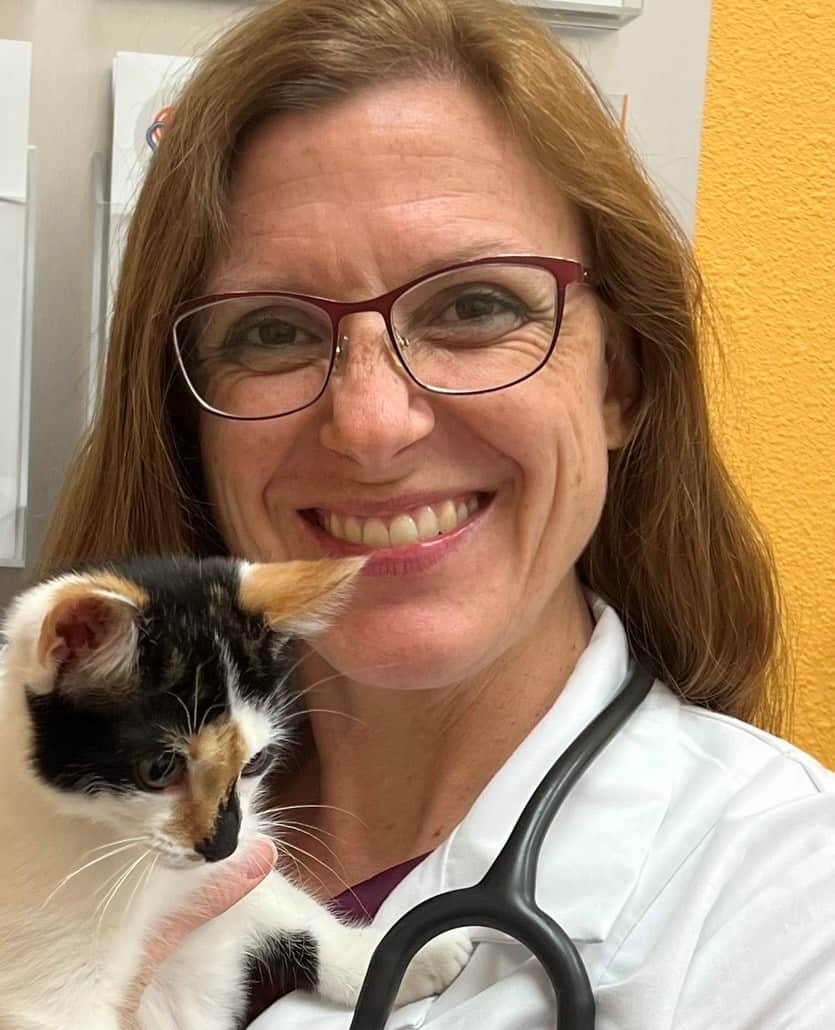Potomac Horse Fever Vaccination Options for Horses

Only about 20% of horses infected with the bacterium Neorickettsia risticii ever develop clinical signs of Potomac horse fever (PHF), but those that do can suffer from fever, colic, diarrhea, and laminitis or even die. A simple, mysterious fever often shows up first, making the disease tricky to pinpoint, so two practitioners shared some diagnostic and prevention tips.
“In areas where Potomac horse fever is endemic (found regularly) and (develops) during the endemic season, I would most likely treat the horse with (the antibiotic) oxytetracycline, if there were no other causes for the fever found following a complete clinical exam,” said Tom Divers, DVM, Dipl. ACVIM, ACVECC, the Rudolph J. and Katharine L. Steffan professor of veterinary medicine at Cornell University, in Ithaca, New York, during a Partner Sunrise Session on PHF at last year’s American Association of Equine Practitioners Convention, held in San Francisco, California. “Early antibiotic treatment would likely decrease the seriousness of the disease.
“Whenever possible, it would then be appropriate to confirm the diagnosis using a combination of both blood and fecal polymerase chain reaction tests (which detect microorganism DNA), as well as saving serum in case sequential titers (which the vet uses to monitor the number of antibodies against a pathogen over time) are required,” he added
Create a free account with TheHorse.com to view this content.
TheHorse.com is home to thousands of free articles about horse health care. In order to access some of our exclusive free content, you must be signed into TheHorse.com.
Start your free account today!
Already have an account?
and continue reading.

Written by:
Stacey Oke, DVM, MSc
Related Articles
Stay on top of the most recent Horse Health news with















